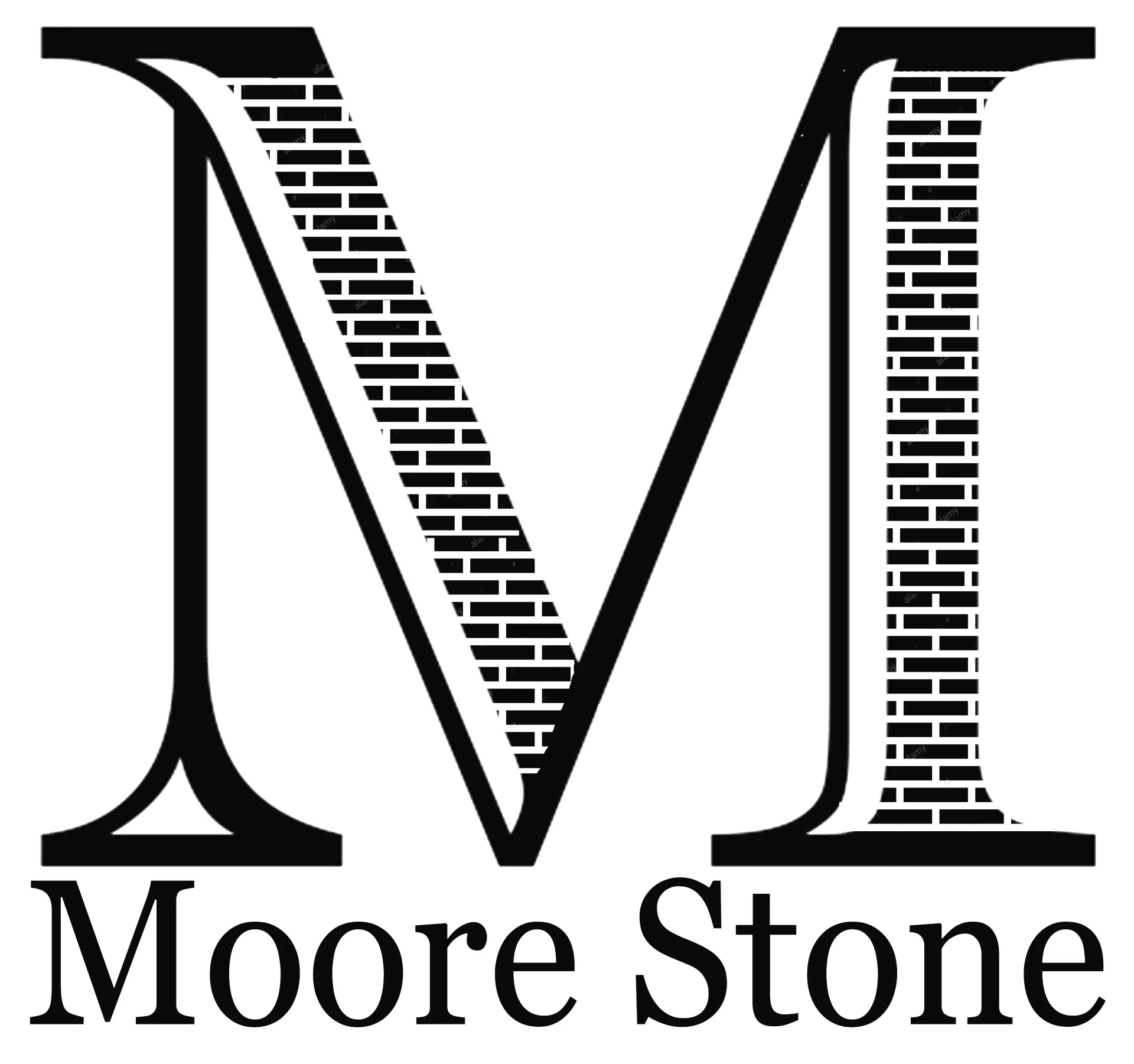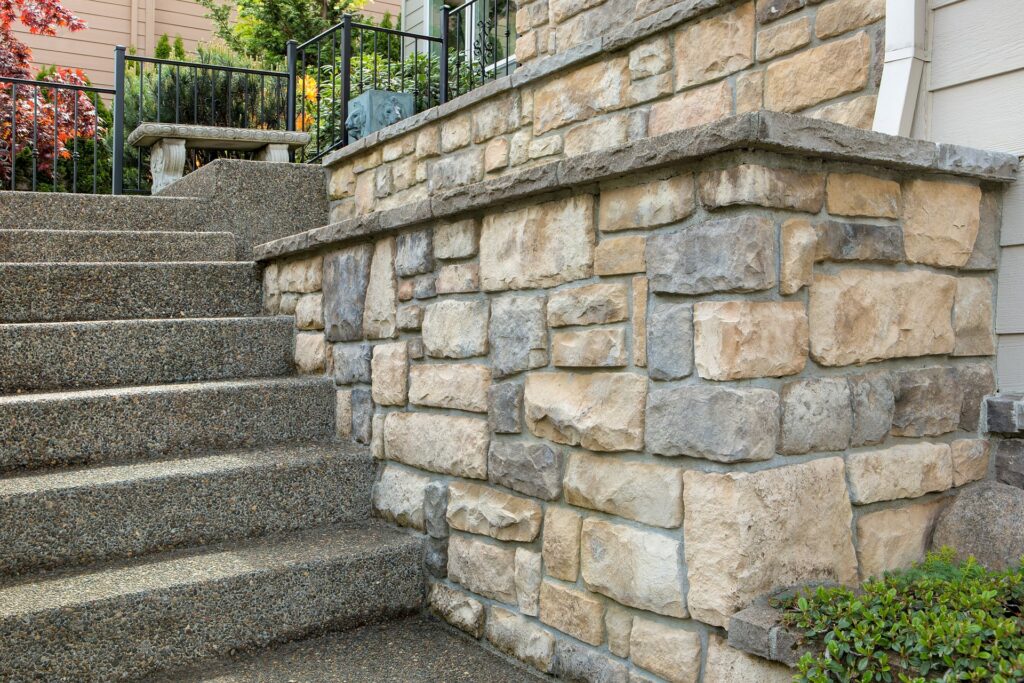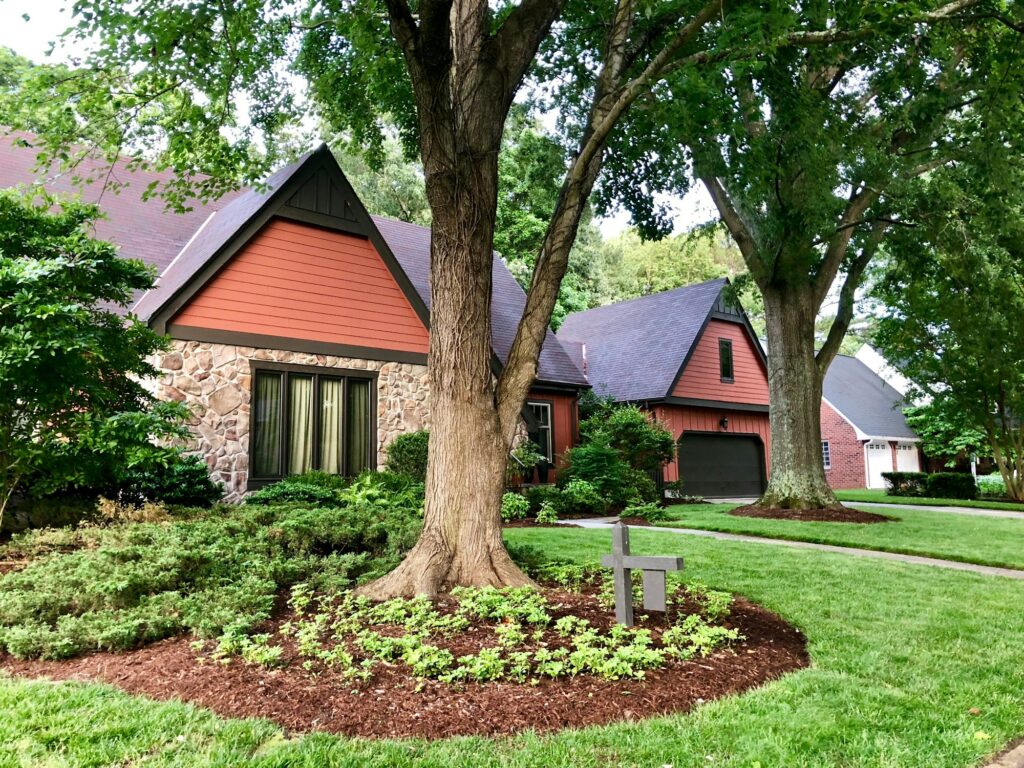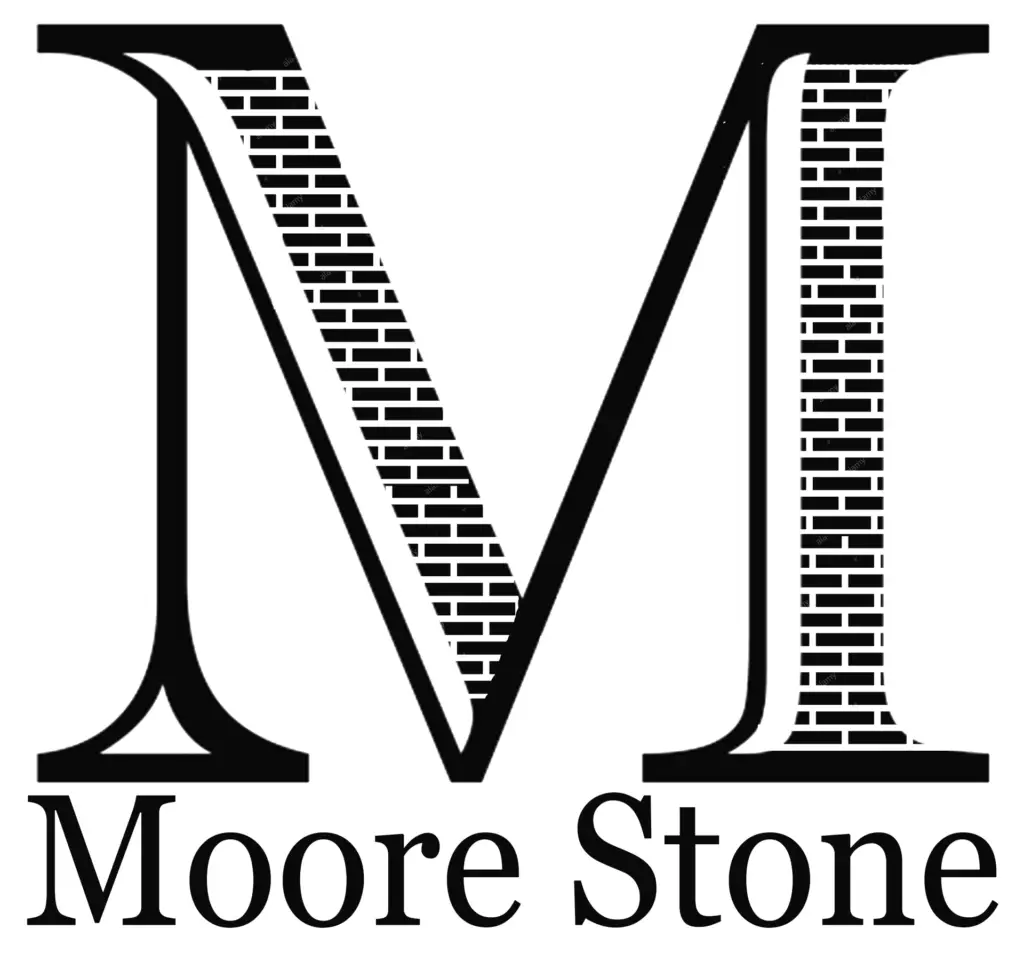Transforming your outdoor space into a stunning oasis can significantly enhance the beauty and value of your Annapolis home. From elegant masonry features to innovative hardscaping designs, homeowners in Maryland have a plethora of options to create their dream landscapes. In this guide, we will delve into the top masonry trends and hardscaping ideas that are captivating Annapolis homeowners, providing expert advice and inspiring examples to help you elevate your property. Whether you’re looking to craft a serene retreat or a vibrant gathering spot, our insights will guide you through the latest outdoor design trends and landscaping styles in Maryland.
Popular Masonry Trends
Incorporating Natural Stone Features
Incorporating natural stone features into your Annapolis home’s landscape can bring timeless charm and an organic feel to your outdoor space. Natural stone, revered for its durability and aesthetic appeal, is a popular choice among homeowners aiming to achieve a rustic yet elegant look. From creating inviting stone walkways and patios to constructing intricate retaining walls, the use of stone in masonry trends enhances the visual interest and functionality of your landscape. Homeowners often choose local stone varieties to blend seamlessly with Maryland’s natural scenery. Additionally, natural stone can withstand the local climate, ensuring longevity and minimal maintenance. Consider mixing various stone sizes and colors for a unique, personalized design. Whether used for functional structures or decorative elements, natural stone effortlessly complements other landscaping styles in Maryland, making it a valuable addition to any outdoor design project.
Modern Brickwork Patterns
Modern brickwork patterns are redefining the look of contemporary landscapes in Annapolis, offering a fresh take on classic materials. Homeowners are increasingly drawn to innovative patterns like herringbone, basketweave, and chevron, which add a dynamic texture and visual interest to patios, driveways, and garden paths. These patterns not only enhance aesthetic appeal but also contribute to the structural integrity of the masonry work. By experimenting with different brick orientations and color combinations, homeowners can create unique designs that reflect their personal style while complementing the architecture of their homes. Moreover, modern brickwork trends emphasize sustainability by incorporating reclaimed bricks, which reduce environmental impact and lend a charming, weathered appearance. With the versatility of brick as a construction material, it’s possible to achieve both traditional and modern looks, making it a popular choice for those looking to elevate their outdoor design while keeping pace with current masonry trends.
Sustainable Materials in Masonry
Sustainability is becoming a crucial consideration in masonry trends for Annapolis homeowners eager to adopt eco-friendly practices. Using sustainable materials not only reduces your environmental footprint but also can enhance the durability and energy efficiency of your outdoor spaces. Reclaimed bricks and stones are popular choices, as they offer a rustic aesthetic while repurposing existing materials. Additionally, permeable pavers are gaining traction for their ability to manage stormwater runoff, promoting better drainage and reducing the risk of flooding. These materials allow water to seep into the ground, effectively supporting local ecosystems. Concrete is also being reimagined with eco-friendly mixtures, including recycled aggregates and low-carbon cement options, which retain strength while minimizing environmental impact. By incorporating sustainable materials in your masonry projects, you contribute to a healthier environment and align with the growing landscaping styles in Maryland that prioritize eco-conscious living. This approach ensures your hardscaping ideas are both innovative and responsible.
Innovative Hardscaping Ideas
Multi-Level Outdoor Living Areas
Multi-level outdoor living areas are transforming the way Annapolis homeowners utilize their outdoor spaces, offering both aesthetic appeal and practical benefits. By creating distinct zones at different elevations, you can effectively separate your garden’s functionalities while adding depth and dimension to your landscape. These hardscaping ideas are particularly useful for properties with uneven terrain, allowing you to make the most of challenging topographies. For example, a raised deck can serve as an alfresco dining area, while a lower patio might house a cozy fire pit or seating area. Incorporating steps, retaining walls, and planters between levels further enhances the visual flow and accessibility of your space. Additionally, multi-level designs provide opportunities for incorporating diverse landscaping styles, such as vertical gardens or water features, adding further interest and diversity. By embracing multi-level outdoor living areas, you create a versatile and inviting environment that maximizes your property’s potential and aligns with modern outdoor design trends.
Water Features and Fountains
Water features and fountains can add a serene and dynamic element to your Annapolis home’s landscape, making them a standout feature in innovative hardscaping ideas. The soothing sound of flowing water creates a tranquil ambiance, transforming your outdoor space into a peaceful retreat. Fountains serve as stunning focal points in gardens or patios, with styles ranging from classic tiered designs to modern geometric shapes, allowing for customization to suit any aesthetic. Pondless waterfalls are a popular choice for those seeking the beauty of a water feature without the maintenance of a traditional pond, offering safety and ease of care. Integrating a water feature can also attract local wildlife, enhancing the ecological value of your garden. LED lighting can be added to water features to create a captivating visual display at night. By incorporating water features and fountains, you elevate your landscape’s appeal, making it a harmonious part of the broader landscaping styles in Maryland.
Creative Pathway Designs
Creative pathway designs are a key component of innovative hardscaping ideas, offering both functionality and aesthetic enhancement to Annapolis landscapes. By experimenting with different materials and layouts, homeowners can craft pathways that seamlessly connect various sections of their outdoor space while reflecting personal style. Options range from traditional cobblestone or brick paths to more contemporary choices like sleek concrete slabs or natural stepping stones. Incorporating curves and meandering routes can add a sense of mystery and exploration, inviting guests to discover hidden areas of the garden. Consider integrating features like embedded lighting for evening strolls or borders of lush greenery to soften the edges and enhance visual appeal. Textured surfaces can also improve safety by providing better traction in wet conditions. These pathways not only facilitate movement but also serve as an integral part of outdoor design trends, contributing to the overall coherence and beauty of your landscaping styles in Maryland.
Annapolis Home Improvement Essentials
Enhancing Curb Appeal
Enhancing curb appeal is a vital aspect of Annapolis home improvement, as it creates the first impression of your property and can significantly boost its market value. Start by evaluating the exterior of your home and identifying areas that could benefit from an upgrade. A fresh coat of paint on the front door or shutters can rejuvenate the facade, while updated landscaping adds vibrancy and interest. Consider incorporating elements like decorative planters, flower beds, or a new mailbox to add personality and charm. Hardscaping ideas such as a new walkway or driveway using modern brickwork patterns can also elevate the overall look. Lighting plays a crucial role in curb appeal, with strategically placed fixtures highlighting architectural features and providing safety. Regular maintenance, such as cleaning gutters and power washing surfaces, ensures your home remains inviting and well-kept. By focusing on these elements, you align with popular outdoor design trends and create a welcoming atmosphere for visitors and potential buyers.
Outdoor Living Space Extensions
Expanding your outdoor living space is a strategic move in Annapolis home improvement, providing additional areas for relaxation and entertainment while increasing your property’s value. By extending patios, decks, or porches, you create versatile environments that cater to various activities, from hosting guests to enjoying quiet family evenings. Consider using durable materials like composite decking or stone pavers for longevity and aesthetic appeal. Incorporating elements such as pergolas or awnings can offer shade and protection, making these spaces more comfortable throughout the year. Outdoor kitchens and fire pits further enhance functionality, allowing for cooking and warmth during gatherings. Furniture selection is crucial—opt for weather-resistant pieces that complement the style of your home and landscape. Thoughtful lighting and landscaping around these extended areas can transform them into inviting retreats. By investing in outdoor living space extensions, you align with current outdoor design trends, maximizing both the enjoyment and utility of your Annapolis home.
Seasonal Landscaping Adjustments
Seasonal landscaping adjustments are essential for maintaining the beauty and health of your Annapolis property throughout the year. Each season presents unique challenges and opportunities, requiring different strategies to ensure your landscape remains vibrant and inviting. In spring, focus on revitalizing your garden by pruning shrubs, aerating the lawn, and planting new flowers that flourish in Maryland’s climate. Summer requires diligent watering and mulching to conserve moisture and protect plants from heat stress. As autumn arrives, consider planting perennials and bulbs for the next growing season, and remove fallen leaves to prevent disease. Winter is the time to protect sensitive plants with burlap or mulch and to plan for any major landscaping changes. By making these seasonal adjustments, you not only preserve the aesthetic appeal of your outdoor spaces but also contribute to their long-term sustainability. This proactive approach aligns with popular landscaping styles in Maryland, ensuring your home remains a picturesque and welcoming environment year-round.
Outdoor Design Trends in Maryland
Native Plant Landscaping Styles
Native plant landscaping styles are gaining popularity in Maryland due to their ecological benefits and natural beauty. Incorporating native plants into your landscape design can lead to a more sustainable and low-maintenance garden, as these species are well-adapted to the local climate and soil conditions. Native plants require less water, fertilizer, and pesticides, reducing the environmental impact and lowering maintenance costs. Additionally, they provide essential habitats for local wildlife, including pollinators like bees and butterflies, which can enhance the biodiversity of your garden. Popular choices include Black-eyed Susans, Eastern Redbuds, and Maryland Golden Asters, each offering a unique appeal through vibrant colors and varied textures. Designing with native plants also helps preserve Maryland’s natural heritage, creating a sense of place and connection to the local environment. By embracing native plant landscaping styles, you align with current outdoor design trends while promoting eco-friendly practices that benefit both your garden and the broader ecosystem.
Integrating Smart Technology Outdoors
Integrating smart technology into outdoor spaces is an emerging trend in Maryland, offering homeowners increased convenience and control over their environments. Smart technology enhances the functionality and enjoyment of outdoor areas through devices such as automated lighting systems, which can be programmed to adjust based on time or activity, creating the perfect ambiance for any occasion. Smart irrigation systems use sensors and weather data to optimize watering schedules, conserving water while maintaining a lush garden. Outdoor speakers and entertainment systems allow for seamless music streaming and media access, turning backyards into entertainment hubs. Security can also be enhanced with smart cameras and motion detectors, providing peace of mind. These technologies not only improve the efficiency and utility of outdoor spaces but also enhance the overall experience, making it easier to enjoy and manage your landscape. By adopting smart technologies, you align with contemporary outdoor design trends, creating a modern, connected, and sustainable environment that fits within Maryland’s innovative landscaping styles.
Eco-Friendly Design Solutions
Eco-friendly design solutions are increasingly prominent in Maryland’s outdoor design trends, reflecting a growing commitment to sustainability and environmental stewardship. Homeowners are turning to permeable paving solutions to manage stormwater runoff effectively, reducing the risk of flooding and promoting groundwater recharge. Rain gardens offer a practical and attractive way to capture and filter rainwater, supporting local wildlife and reducing the need for irrigation. Solar-powered lighting and heating systems lessen reliance on traditional energy sources, providing sustainable options for night-time illumination and warming outdoor spaces. Composting organic waste on-site is another green practice, enriching the soil and reducing landfill contributions. Additionally, choosing recycled and reclaimed materials for construction and decoration minimizes resource consumption and waste. These eco-friendly solutions not only contribute to a healthier planet but also enhance the beauty and functionality of outdoor spaces. By adopting these practices, Maryland homeowners align with broader landscaping styles that prioritize environmental responsibility and resilience.
Transformative Landscaping Styles
Minimalist Garden Concepts
Minimalist garden concepts are reshaping landscapes by emphasizing simplicity, clean lines, and functionality. This transformative style focuses on creating serene, uncluttered spaces that promote relaxation and mindfulness. Key elements of minimalist gardens include the use of neutral color palettes, limited plant varieties, and strategic placement of features to enhance the natural beauty of the space. Hardscaping is often utilized to define areas with materials like concrete, gravel, or stone, which complement the minimalism ethos. Water features and sculptures may also be incorporated to add interest without overwhelming the senses. The goal is to create a harmonious balance between open spaces and thoughtfully selected elements, providing a tranquil environment that encourages contemplation. The minimalist approach reduces maintenance demands, as fewer plants mean less frequent pruning and watering. By adopting minimalist garden concepts, homeowners can achieve a modern, sophisticated aesthetic that aligns with transformative landscaping styles, offering a peaceful retreat from the hustle and bustle of daily life.
Rustic and Cottage Garden Styles
Rustic and cottage garden styles bring a charming, nostalgic feel to landscapes, transforming outdoor spaces into inviting, picturesque retreats. These styles emphasize a natural, unstructured look, using an abundance of flowering plants, herbs, and climbing vines to create a lush, vibrant environment. Key features include winding pathways, picket fences, and quaint garden furniture that evoke a sense of old-world charm. Incorporating materials like weathered wood, stone, and wrought iron adds to the rustic aesthetic, while elements such as birdbaths, trellises, and arbors enhance the cottage garden allure. Perennials like lavender, roses, and daisies are popular choices, contributing to a colorful and fragrant garden that attracts pollinators and wildlife. The informal layout allows for creative freedom and personal expression, making it a favorite among homeowners who appreciate a more relaxed and whimsical approach to gardening. By embracing rustic and cottage garden styles, you can create a warm, enchanting outdoor space that feels timeless and welcoming.
Contemporary Landscape Aesthetics
Contemporary landscape aesthetics are characterized by clean lines, open spaces, and a focus on form and function. This style emphasizes minimalism and simplicity, often incorporating geometric shapes and a limited color palette to create a sleek, modern look. Materials like concrete, steel, and glass are commonly used, providing a stark contrast to the organic elements of the garden. Plant selection is typically restrained, with an emphasis on texture and structure rather than color, using grasses, evergreens, and architectural plants to complement the clean design. Water features, such as reflecting pools or linear fountains, add a sense of tranquility and sophistication to the space. Lighting is another critical component, strategically placed to highlight key features and extend usability into the evening. This approach not only enhances the visual appeal but also improves functionality. By adopting contemporary landscape aesthetics, homeowners can create an outdoor space that is both stylish and practical, reflecting modern trends in transformative landscaping styles.
Frequently asked questions in relation to this blog
1. What landscaping styles work best in Annapolis?
Annapolis homes often feature coastal, colonial, and modern minimalist styles, combining local flora with hardscaping elements like stone patios.
2. How does hardscaping enhance curb appeal?
Hardscaping adds durability and functionality to outdoor spaces while improving aesthetics through walkways, retaining walls, and custom stone features.
3. Which patio materials are weather-resistant in Maryland’s climate?
Natural stone, concrete pavers, and brick are popular choices for their durability and resistance to varying weather conditions.
4. Can I combine different landscaping themes?
Yes! Mixing styles like coastal with modern elements creates a personalized, cohesive design that complements your home.
5. What’s the typical timeline for a landscape transformation?
Depending on project size, most transformations take 4–8 weeks, from planning to completion.




